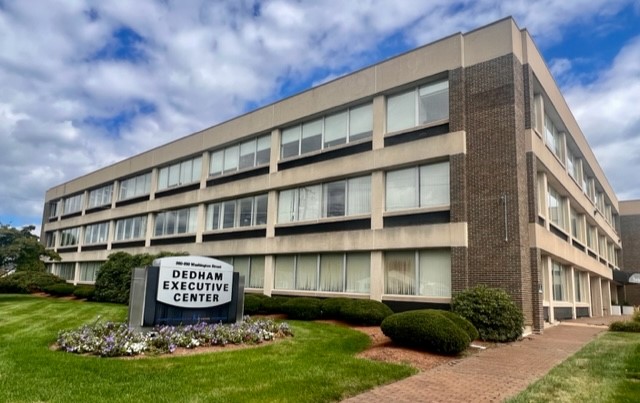Corneal Transplants
The most common type of corneal transplant is known as a penetrating keratoplasty. This involves a full-thickness transplant of the cornea. At times, the diseased or damaged part of the cornea may not involve the entire thickness, and in certain cases, only a partial-thickness transplant is required. This is known as a lamellar keratoplasty. The most common type of lamellar keratoplasty is DSAEK surgery.
Penetrating keratoplasy involves the surgical removal of the central two thirds of the cornea and then its replacement with an organ donor graft of clear corneal tissue. Unlike other organ transplants, because the cornea does not have blood vessels, donors do not need to be matched to the organ recipient. Developed over 100 years ago, approximately 40,000 corneal transplants are performed each year in the United States.
The Indications
Penetrating or lamellar keratoplasty is indicated when a patient has a scarred or damaged cornea as a result of injury or disease. The damage to a patient’s cornea will result in some amount of vision loss that cannot be corrected with eyeglasses or contact lenses. Some of the more common reasons for a corneal transplant include keratoconus, chemical or traumatic injury to the cornea, genetic corneal dystrophies, or corneal infections caused by viruses, bacteria, or fungi.
The Procedure
Corneal transplants are performed as a day surgery, outpatient procedure. Although you will not be asleep during the procedure, you will be given sedation and a local anesthetic to keep you comfortable throughout. Dr. Kieval uses a round blade to remove the central two thirds of the damaged cornea. An organ donor cornea is then sewn to the remaining cornea with very fine sutures. These sutures are not dissolvable, but rather will stay in place until Dr. Kieval feels it is necessary to remove them. During the surgery, patients may feel pressure around the eye, but there is no pain and most patients report that the experience was quite benign. After the procedure, a patch will be placed over the eye and you will return home where you are instructed to rest for the remainder of the day.
The Recovery
Your vision will be quite blurry for the first few weeks after surgery as the new cornea is recovering. Afterwards, repeated visits will be necessary to monitor the progress of the transplant and remove sutures in order to optimize your vision. The total visual recovery time for a corneal transplant is often six months to a year or longer. Occasionally, a significant enough amount of astigmatism can occur after a penetrating keratoplasty that eyeglasses alone won’t adequately improve vision. These patients may ultimately require contact lenses or additional surgery to reduce or eliminate the astigmatism. Similar to other organ transplants, anti-rejection medications are required for a number of years—however, rather than pills, eye drops are used for this purpose.
Broken sutures, infections, or graft rejection can occur at any time and needs to be addressed immediately.
If, at any time, the patient experiences redness, pain, loss of vision or any other concerns, our office should be contacted immediately.
Meet Our Team
The Lexington Eye Associates team is led by board-certified doctors considered to be leaders in the field of ophthalmology. Get to know us.
If you have questions or would like to book an appointment, please call (781) 876-2020 request your consultation.














